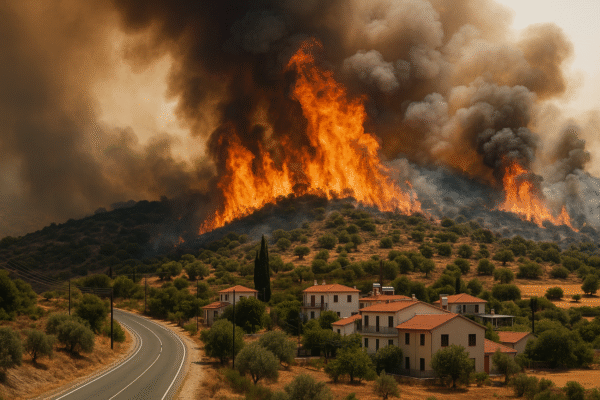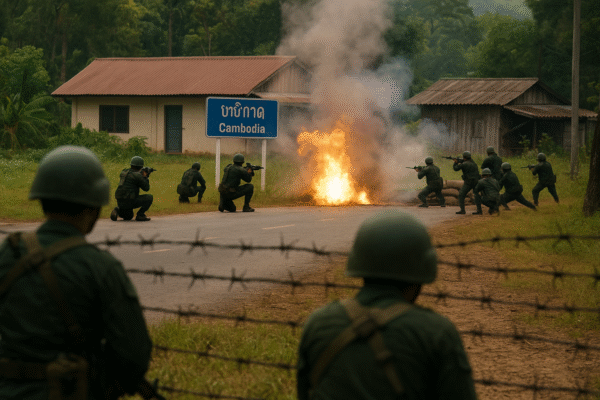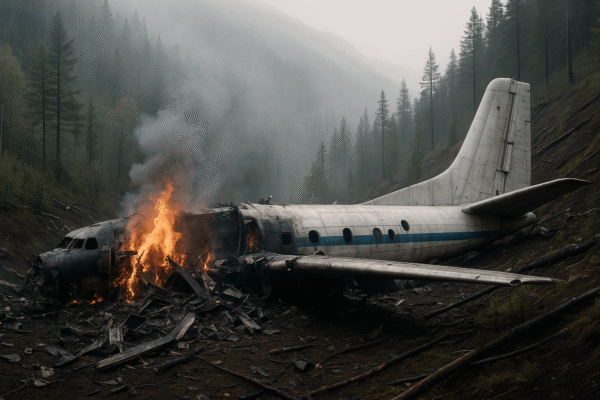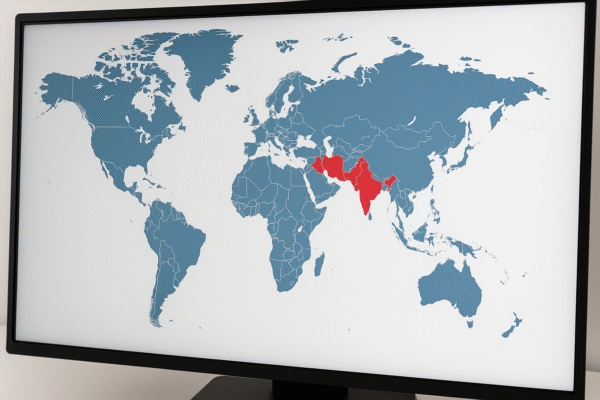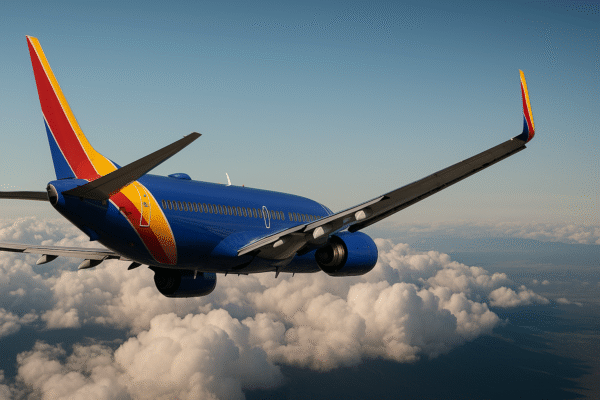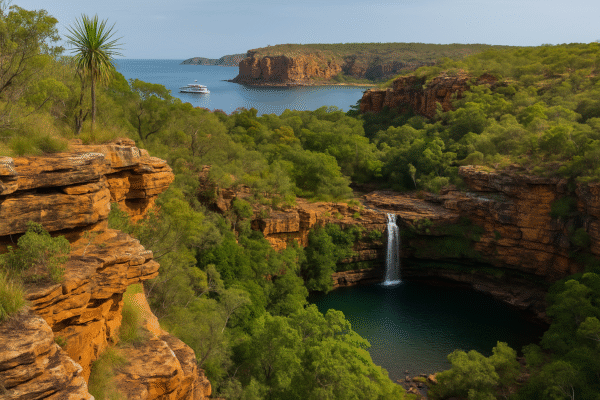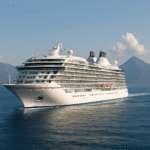Superyacht ‘Globas’ Charts an Unforgettable Course Through Australia’s Kimberley Region
Tucked away in the remote northwestern corner of Australia lies one of the planet’s last true wildernesses: the Kimberley Region. Known for its towering red cliffs, 12-metre tides, and crocodile-infested rivers, the Kimberley is notoriously inaccessible—over half the coastline lacks roads, infrastructure, or inhabitants. Yet for luxury adventure seekers, this untamed frontier is now within reach thanks to the ambitious journey of the 42.8-metre Sanlorenzo superyacht, Globas.
This June and July, the privately owned yacht embarked on a six-week expedition along the Kimberley coast, showcasing how luxury and wilderness can intersect in one of Earth’s most rugged environments. Departing from Darwin, the voyage was part of Globas’ larger circumnavigation mission that includes Panama, French Polynesia, New Zealand, and Tasmania.
The Vision: Adventure Meets Self-Sufficiency
The owners of Globas, longtime enthusiasts of off-grid exploration, envisioned the yacht not merely as a floating palace, but as a high-performance tool to conquer some of the world’s most challenging waters. Having explored the Kimberley region for over two decades via smaller vessels and 4WDs, they knew it was time to scale up.
Before the expedition, Globas underwent an extensive refit at Pendennis Vilanova to ensure resilience and autonomy. Fuel capacity was increased to 70,000 litres, a second watermaker was added, and critical upgrades included a backup refrigeration system, waste management tools like a glass crusher, and a vacuum packer. Seaplane supply drops were coordinated to replenish fresh provisions during the journey.
Equipment Tailored for Extreme Conditions
Captain James Johnson, who led the Kimberley mission, emphasized the region’s hazards: uncharted coastlines, massive tidal shifts, and saltwater crocodiles. To mitigate risk, the team swapped the traditional inflatable RIB tender for a robust amphibious StabiX tender that could safely land on remote tidal beaches.
Both the yacht and its tender were equipped with WASSP Multibeam Echo Sounders, enabling the crew to generate their own navigation charts—critical in an area with sparse hydrographic data. These tools allowed for safe passage through narrow inlets and shifting tidal estuaries.
Navigating Tides and Wildlife
Timing was everything in the Kimberley. The region’s massive tides—up to 12 metres—could quickly turn tranquil rivers into whirlpools or leave boats stranded on mudflats. Captain Johnson and his crew planned excursions during slack water, and typically explored estuaries during rising tides.
Nightly encounters with saltwater crocodiles and sharks became routine. “Each night we’d shine our torches across the water and spot six or more crocodile eyes staring back,” recalled the owners. Lemon sharks and hammerheads also made frequent appearances, turning the remote waters into both a spectacle and a constant safety concern.
Chasing Waterfalls and Bushwalks
Despite these threats, daily adventures ashore provided unforgettable moments. The crew would bushwalk through untouched wilderness using satellite imagery to locate freshwater swimming holes above the “croc line.” These secluded spots, often near waterfalls, offered cool respite in the tropical heat.
Camping was another highlight. Equipped with lightweight tents, the crew and guests would venture inland to set up temporary campsites by rivers and waterfalls. One notable night was spent sleeping to the rhythm of cascading water near the Hunter River.
Aerial Exploration by Helicopter
To access the region’s most remote gems, a helicopter was chartered for seven days. Aerial excursions covered dramatic sites including Charnley River, Isdell River, Sale River, and Ruby Falls. From above, the Kimberley’s vastness and raw beauty were fully revealed. Inland swims, fishing spots, and hidden camps were only possible thanks to this added air support.
Logistical Triumphs and Near Misses
On more than one occasion, the Kimberley’s natural volatility challenged the team’s plans. A gentle stream crossed en route to a fishing trip quickly became a rushing torrent upon return, requiring urgent extraction via the tender. It was moments like these that underscored the importance of adaptive thinking and respect for the terrain.
Captain Johnson praised the owners’ active participation: “Their philosophy of inclusion meant the crew wasn’t just working a charter—they were part of an adventure.” The yacht’s young crew embraced this spirit, merging luxury service with rugged exploration.
A Transformative Return to Civilization
After weeks in isolated splendour, arriving back in Darwin was a jarring re-entry into civilization. “Traffic, buildings, people—it all felt overwhelming,” said the owners. The expedition had reset their sense of scale and silence. “The Kimberley is the gift that keeps on giving. We discovered new waterfalls, fishing holes, and landscapes we didn’t even know existed.”
For those with the resources and readiness to take on its challenges, the Kimberley remains one of the world’s most extraordinary frontier destinations—a place where luxury yachting meets raw, untouched Australia.
For more travel news like this, keep reading Global Travel Wire




